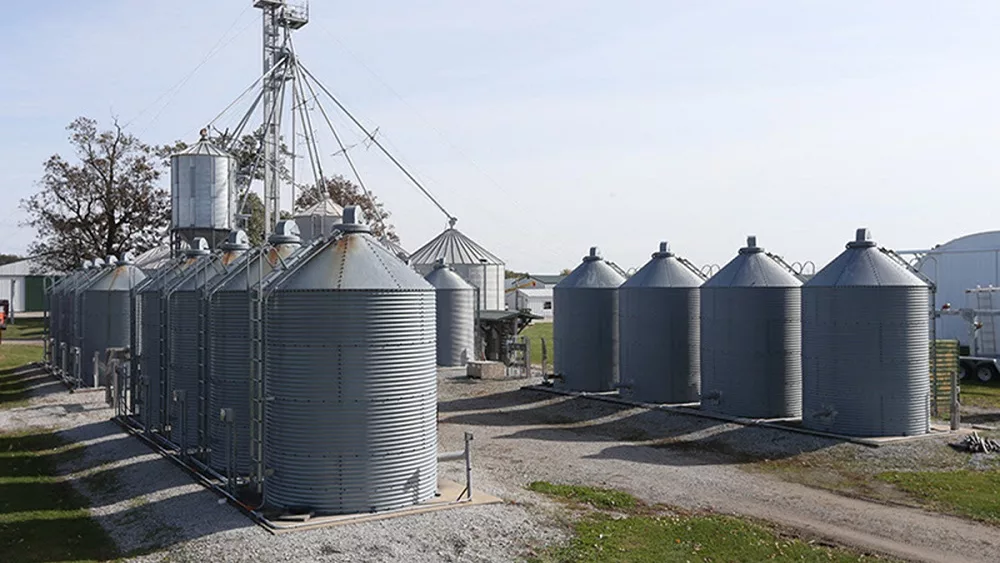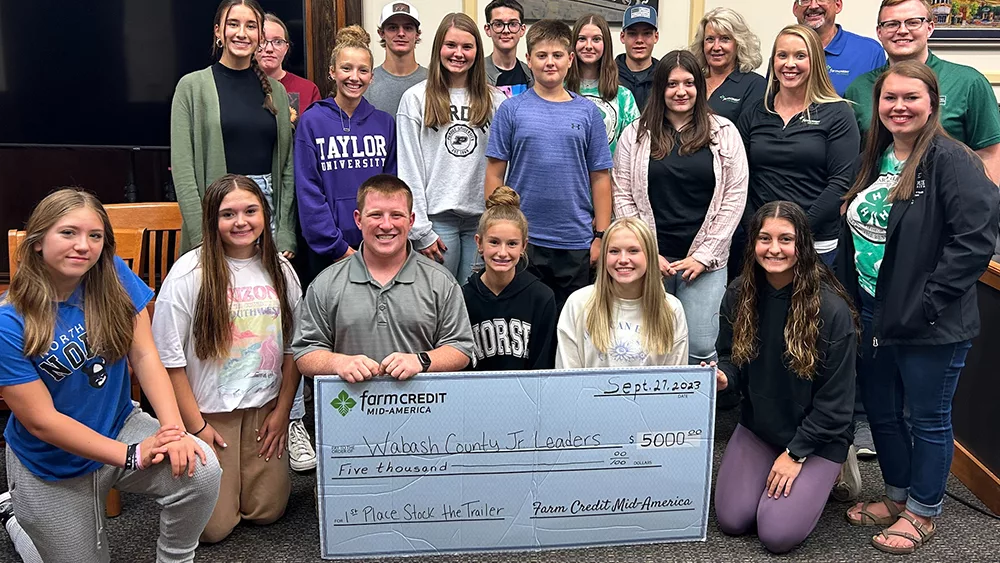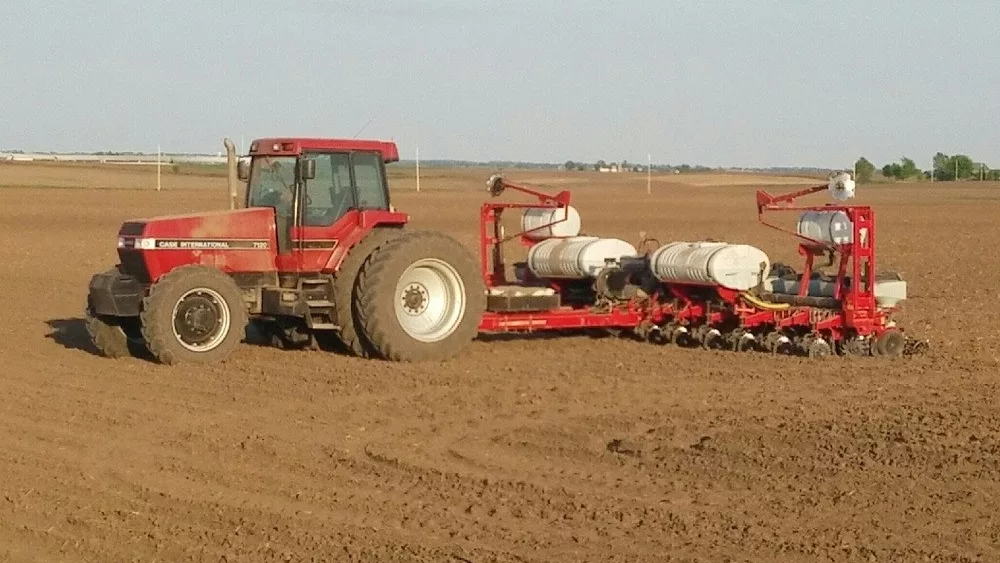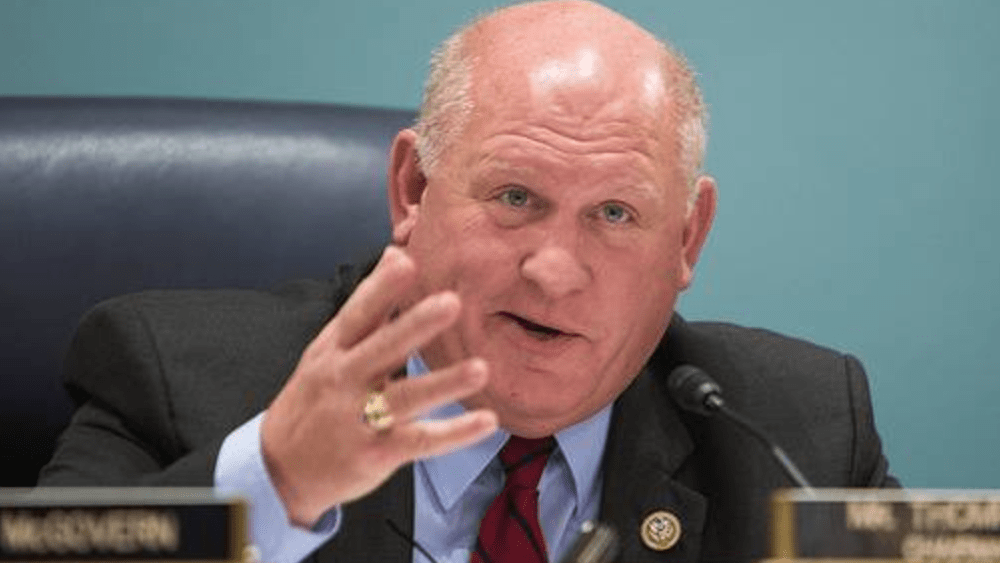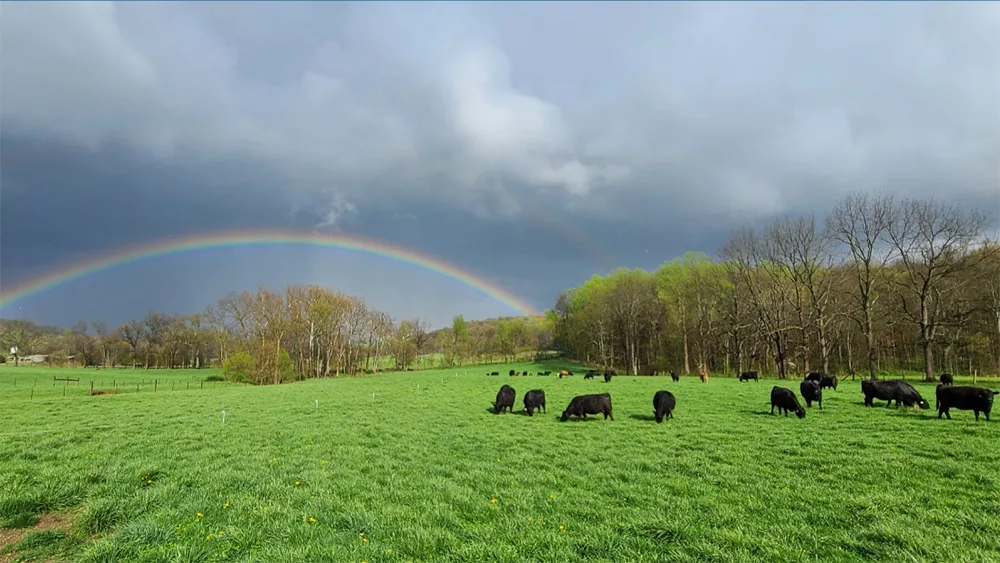
Hay costs can be a significant factor in the winter feeding budget, but the latest guests on the HAT Soil Health Podcast share one way that you can feed less hay.
Devon Churchill raises cattle in Harrison County. He says that he and his father Cameron started integrating their livestock into cropland, using a practice called regenerative grazing.
“We wanted to lean heavier into the rotational grazing. So now, we move them with an intensive grazing principle, where they’re being moved often, numerous times a week, every one, two, or three days. The research has shown, for us, that it was too advantageous to not try. We have tried a plethora of things. Some have worked and some haven’t.”
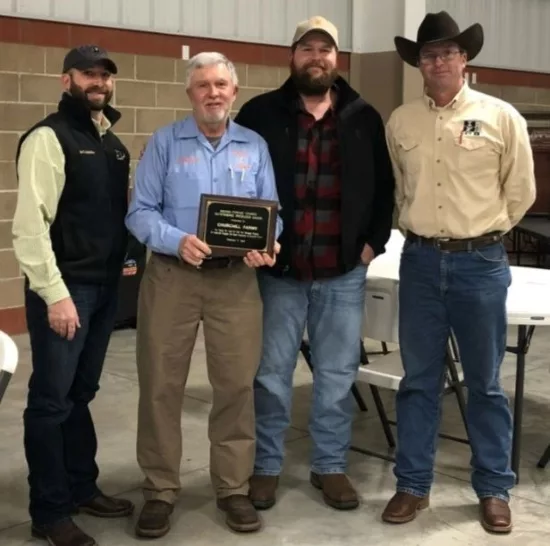
Cameron Churchill says that one result of their experimentation on the farm was a reduction in hay consumption.
“It’s a different world here for us. Our hay consumption has gone to, maybe it’s a little over a third of what it used to be before this. We used to bale 2,000-plus bales a year. And now on an average year, 700, 750 bales will get us through the winter. We can graze—on good years, we can graze up into February.”
Joining the Churchills on the podcast is Pete Huff, the co-director of the Wallace Center in Wisconsin. He says the organization’s on-farm research projects have shown the benefits of integrating livestock and crops.
“The data that we have seen is that from a soil health perspective, we’ve seen that microbial biomass increase on covers that are grazed compared to those that are not. And so we know that that microbial activity is key, and it’s a precursor for a lot of things that we want to see in the soil, including carbon storage, which we know has water storage potential, as well.”
Huff adds there are also economic benefits.
“As we have come to conclude is that if folks are putting out cover crops, if you’re not grazing it, if that’s an option, you’re really leaving money on the table.”
One tool that Huff suggests for producers is the Midwest Grazing Exchange, where crop and livestock producers can connect for grazing opportunities.
Hear the full conversation on the HAT Soil Health Podcast, brought to you by the Conservation Cropping Systems Initiative, in the player below.

